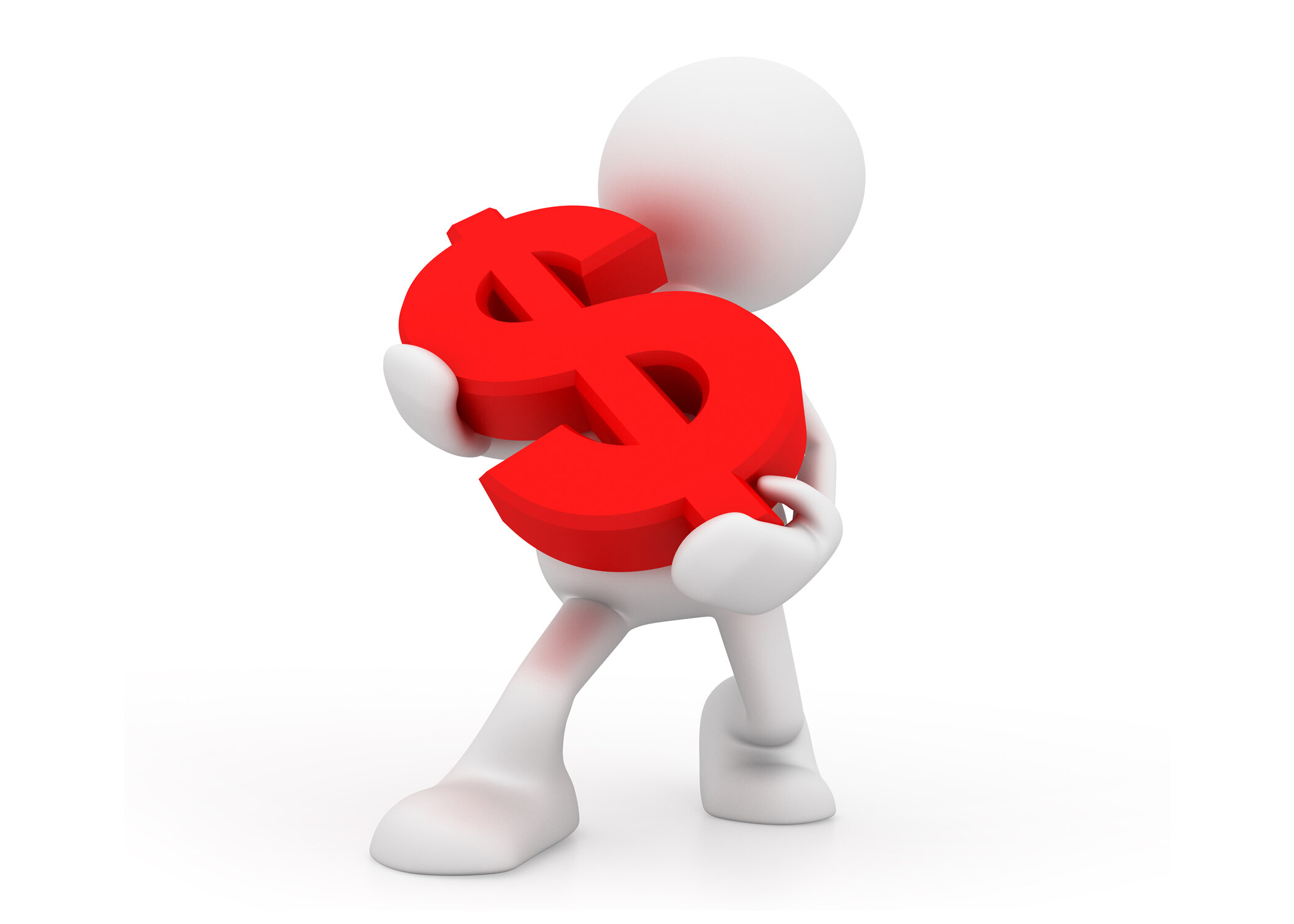"I show people how to earn double-digit returns backed by real estate."
ASK ME HOW…
CHDG LENDER PROGRAMS
Finders Fee Program
This program is very simple and doesn’t cost you a dime. Connect us with a person you know who is interested in investing in real estate with us and every time they help fund one of our deals, you get paid. That’s right, every time they help fund one of our projects, you get paid a finders fee for life. The only thing you have to do is talk to them and make sure they want to invest with us and then fill out the form below.
When they fund one of our projects as a Level 2 you will be paid $500.
When they fund one of our projects as a Level 3 you will be paid $1,000.
Are You Looking To Be A
PRIVATE Money Lender?
Looking to lend your hard-earned money with double digit % returns?
Are you looking for an alternative way to participate in the real estate market, then consider learning about becoming a private money lender. We are a real estate investment company who buys and sells homes at reasonable prices, while making an attractive ROI. Learn more about how you can become a private money lender with us!
Cardinal Homes Design Group has the experience, know-how, and infra-structure to offer you opportunities in our real estate investment endeavors for you to invest your money.
6-12 month timeframe for most of our renovation projects
Rates based on a 12 month loan
Rates vary with opportunities to earn 12-14%+ returns on your investment
Submit the form below or call us at 248-882-4184 if you have questions concerning lending with CHDG. Also, check out the Private Lending Opportunity Guide below on how Cardinal Homes Design Group can MAKE YOU MONEY.
Due to the number of properties that we buy and sell, we are always looking for short-term private money lenders who are excited to loan money at attractive rates, and which will be secured by a Promissory Note, a position on the Title, and included on the Insurance Policy. We can agree on the terms and a time frame that you’re happy with.
PARTIAL FUNDING PROGRAM
This funding program covers all the expenses not covered by the hard money lender, such as a percentage of the purchase price of the property, closing costs, holding costs, first rehab draw, and any other expenses to complete the deal.
For example, we have a property under contract in Royal Oak, MI for $200,000 that we are going to fix up and then sell for a profit.
The costs associated with this project are as follows:
Purchase Price: $200,000
Rehab Price: $100,000
Closing Costs: $8,000
Holding Costs (Property Taxes, Insurance, Utilities): $4,000
First Construction Draw: $5,000
Duration: 6 months
ARV (After Repair Value): $450,000
The hard money lender will fund 90% of the purchse price ($180,000) and 100% of the rehab price ($100,000) for a total of $280,000. That leaves a balance of $37,000 to complete the project.
This is where you come in to help fund the project. $37,000 from you is put into an escrow account or a dedicated bank account soley for the project you are funding. At the time of closing when we sell the property, you will receive back your $37,000 along with a 12% annualized return based on the number of months we utilized your money.
So, in the example above, if it took us 6 months to complete this project, you would have earned $1,306.
FULL FUNDING PROGRAM
This funding program covers all the expenses associated with the rehab of the property, such as the purchase price of the property, rehab price, closing costs, holding costs, and any other expenses to complete the deal. In order to compare side by side the difference of a Level 2 and a Level 3 funding program, we will use the same example as earlier.
For example, we have a property under contract in Royal Oak, MI for $200,000 that we are going to fix up and then sell for a profit.
The costs associated with this project are as follows:
Purchase Price: $200,000
Rehab Price: $100,000
Closing Costs: $8,000
Holding Costs (Property Taxes, Insurance, Utilities): $4,000
Duration: 6 months
ARV (After Repair Value): $450,000
The total amount of funding required to complete this project is $312,000.
This is where you come in to help fund the project. $312,000 from you is put into an escrow account or a dedicated bank account soley for the project you are funding. At the time of closing when we sell the property, you will receive back your $312,000 along with a 14% annualized return based on the number of months we utilized your money.
So, in the example above, if it took us 6 months to complete this project, you would have earned $12,864.
Check Out Our Private Lending Resources Page
Check out our Private Lending Opportunity Guide and see how easy it is to work with Cardinal Homes Design Group.
WHAT ARE THE BENEFITS OF INVESTING WITH US?
Real estate private money lending is secured with real property
Opportunity to make a higher return than rates offered by most other investments
HOW CAN YOU AFFORD TO PAY SUCH HIGH RETURNS?
We make our money on the purchase. We may pay very high returns, but it allows us to purchase 20-30% below a retail purchaser. That instantly creates thousands of dollars in equity. Also, typically we cut out the middleman in transactions, such as: realtor commissions, mortgage broker fees, loan fees; and our attorney costs are lower because there is less work for them to review.
WHAT DO YOU DO WITH MY INFORMATION?
Your information is kept completely confidential. The information about your financial commitment is kept within Cardinal Homes Design Group and shared with one of our professional title agents at closing to fund the transaction.
HOW IS MY INVESTMENT PROTECTED?
Your investment is protected in 3 ways:
Secured by a Promissory Note
You will have a position on the Title
You will also be included on the Insurance Policy.
How It Will Work
1 - Submit your contact and funding information.
2 - We will give you a call and discuss your lending opportunities.
3 - We will provide you with an opportunity to lend on one of our real estate renovation projects. You may accept or reject the offer presented to you at any time.
4 - We close on the property and you receive all of the important paperwork securing your loan. We renovate and sell the property and you receive your initial investment plus interest.
Become A Private Money Lender
Complete this form and submit to Cardinal Homes Design Group to discuss upcoming opportunities!

* Investing in financial and real estate markets involves a substantial degree of risk. There can be no assurance that the investment objectives described herein will be achieved.
** Past performance is no guarantee of future performance or that such investment opportunities will become available. These materials are intended only for discussion purposes and should not be relied upon in evaluating the merits of investing in any investment or security. Potential investors who express an interest in investing will be provided with detailed information and other offering documents.
***We are not attorneys, investment advisers, accountants, tax professionals or financial advisers and any of the content presented should not be taken as professional advice. We recommend seeking the advice of a financial professional before making any investment decision, and we accept no liability whatsoever for any loss or damage you may incur. We urge you to perform your own due diligence and seek the advice of your own professional before making any investment.
DO YOU HAVE A RETIREMENT ACCOUNT THAT IS NOT PERFORMING AS WELL AS YOU WOULD PREFER AND ARE LOOKING FOR NEW WAYS TO DIVERSIFY IN REAL ESTATE ?
Investing retirement funds in real estate can be a strategic way to diversify your portfolio and generate income. Here are some common approaches:
Self-Directed IRA: You can roll over your retirement funds into a Self-Directed IRA, which allows you to invest in real estate. This option provides tax advantages, but you must follow strict rules, such as not using the property for personal benefit2.
Solo 401(k): If you're self-employed, a Solo 401(k) can be used to invest in real estate. It offers flexibility and tax benefits similar to a Self-Directed IRA.
Real Estate Investment Trusts (REITs): REITs are a more passive option. They allow you to invest in a portfolio of real estate properties without directly owning or managing them. REITs often pay dividends and are easy to buy and sell.
Direct Property Investment: You can use retirement funds to purchase property directly. However, this requires careful planning to comply with tax rules and avoid penalties.
Private Equity Real Estate Funds: These funds pool money from investors to invest in real estate projects. They offer a hands-off approach and can provide steady returns.
Each option has its pros and cons, so it's essential to consult with a financial advisor or custodian to ensure compliance with regulations and align your investments with your financial goals. Which of these options sounds most appealing to you?
the benefits of a Self-Directed IRA
A Self-Directed IRA (SDIRA) offers unique benefits for those who want greater control over their retirement investments and are looking to diversify beyond traditional options like stocks and bonds. Here are some key advantages:
Investment Diversity: With an SDIRA, you can invest in alternative assets such as real estate, precious metals, private equity, cryptocurrencies, and more. This allows you to build a more diversified portfolio.
Tax Advantages: Like other IRAs, SDIRAs offer tax-deferred growth (Traditional IRA) or tax-free growth (Roth IRA) on your investments, depending on the type you choose.
Control and Flexibility: You have the freedom to make investment decisions, giving you the ability to invest in assets you understand or are passionate about, like real estate or startups.
Potential for Higher Returns: By investing in non-traditional assets, you might achieve returns that outperform standard investments—though this also comes with increased risk.
Estate Planning: SDIRAs can be a useful tool for passing wealth to your heirs while taking advantage of tax benefits.
However, it's essential to be aware of the strict rules and regulations set by the IRS. For example, you cannot personally benefit from the assets while they're held in the IRA (e.g., no living in a property owned by the IRA). Violating these rules can result in penalties and tax consequences.
HOW TO SET UP A SELF-DIRECTED IRA
Setting up a Self-Directed IRA (SDIRA) involves a few key steps. Here's a guide to get you started:
Choose a Custodian or Trustee: SDIRAs require a custodian or trustee to manage the account. Look for a financial institution or company that specializes in SDIRAs and offers the investment options you're interested in.
Open the Account: Once you've selected a custodian, you'll need to complete the necessary paperwork to open the account. This may include providing personal information and selecting the type of SDIRA (Traditional or Roth).
Fund the Account: You can fund your SDIRA through contributions, rollovers, or transfers from another retirement account. Be sure to follow IRS contribution limits and rules.
Select Investments: With your account funded, you can start choosing investments. SDIRAs allow for a wide range of options, including real estate, precious metals, private equity, and more. Ensure your investments comply with IRS regulations.
Perform Due Diligence: Since you're in charge of managing the investments, it's crucial to research and understand the assets you're investing in. This helps mitigate risks and ensures compliance with rules.
Monitor and Manage: Keep track of your investments and account performance. Regularly review your portfolio to ensure it aligns with your financial goals.
Remember, SDIRAs come with strict rules, such as prohibiting personal use of assets owned by the IRA. Violating these rules can result in penalties, so it's wise to consult with a financial advisor or tax professional to navigate the process smoothly.








